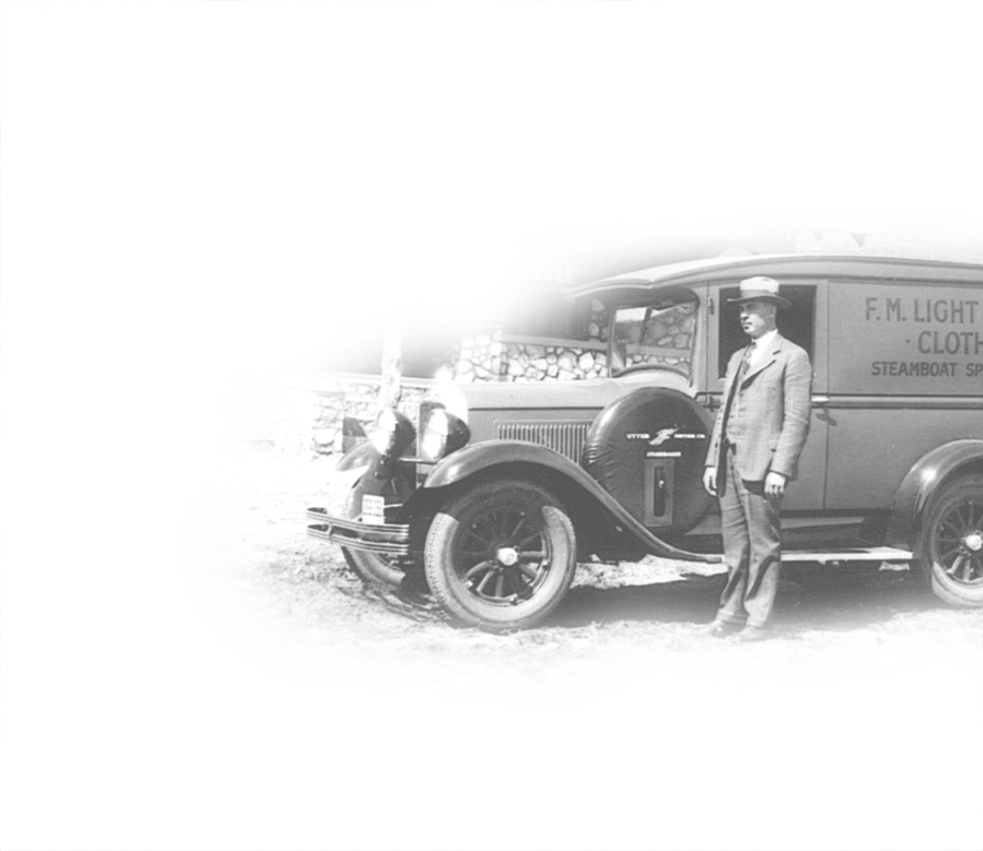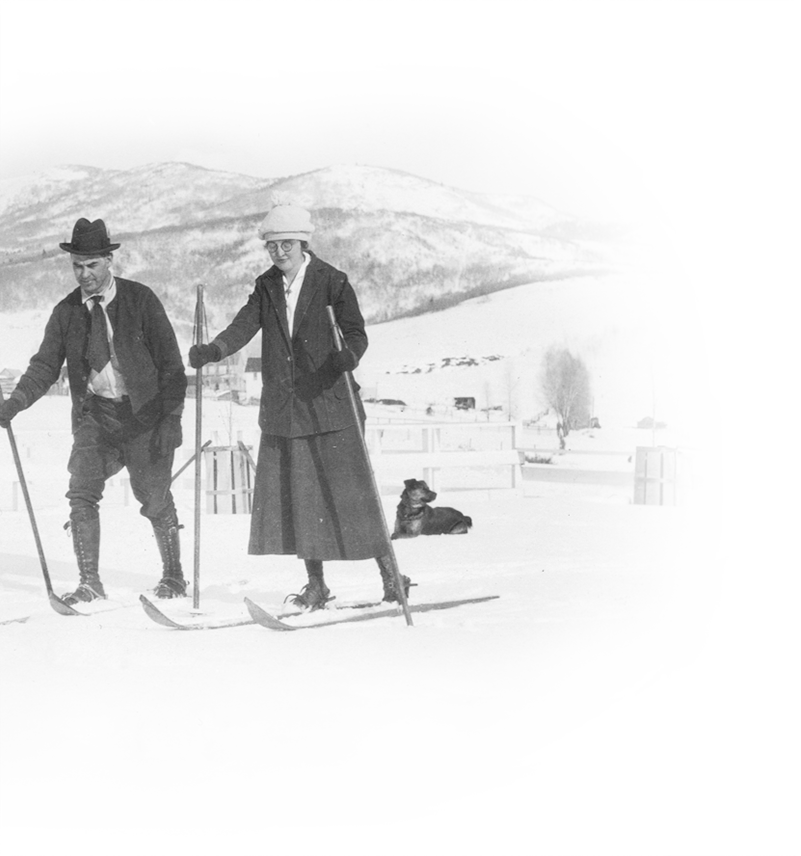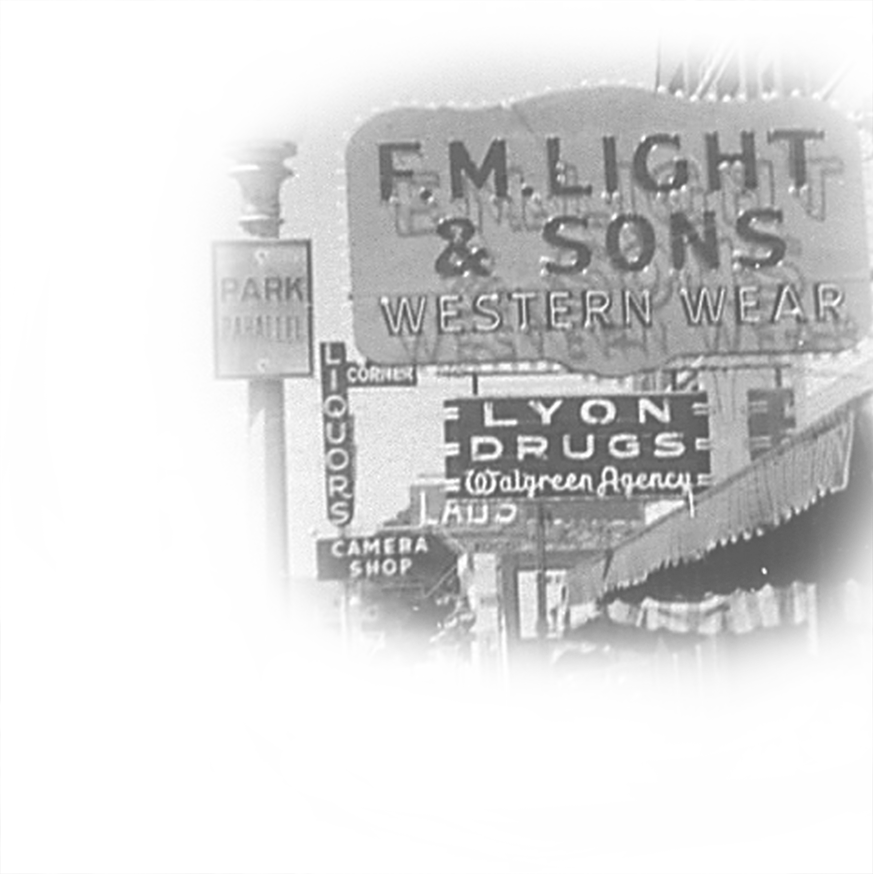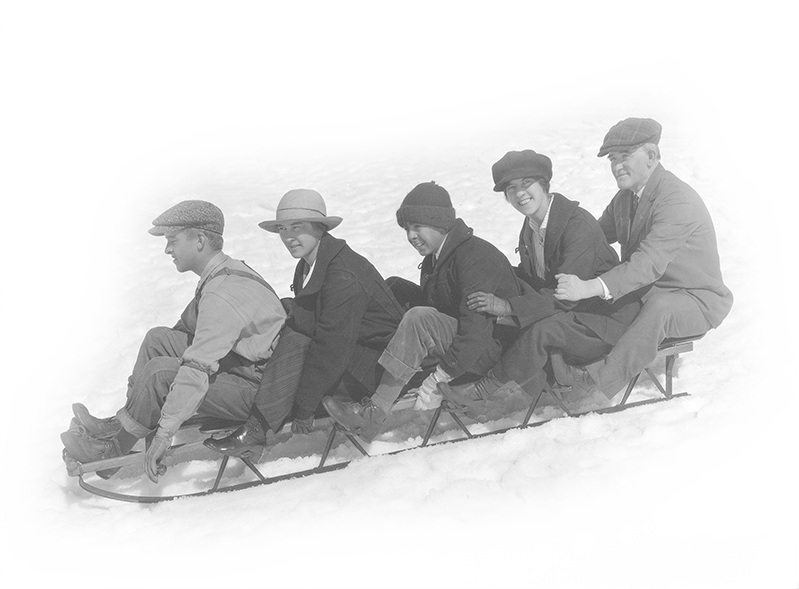Weddings have changed a lot through history. Here are some fun facts you probably didn’t know:
The Bridal Party
Well, there a couple reasons for a bridal party. On the women’s side it is a sweet, thoughtful, self-sacrificial gesture. On the men’s side, however…well, I’ll just give you the facts. Women had attendants for the obvious reasons; the maid of honor was there to help the bride with anything she needed – dressing, decorating, etc. The rest of the bridesmaids were their for protection, and confusion (as were the groomsmen). It was believed that evil spirits would try to kidnap the bride and groom, so the bridal party dressed in the same, or similar clothing to confuse the devilish spirits. Now, onto the purpose of the best man, and a dual purpose of the groomsmen: Historically, marriages were accomplished by capture. The groom would choose a wife, and then kidnap her. Obviously, a man would need help in accomplishing this, and with fending off her enraged family. Thus, he would bring along an army of his friends to help. Hmm…it’s funny how traditions stick despite their original meaning…
Bride: Left. Groom: Right.
Why does the bride stand on the left side of the church, and the groom on the right? Well, traditionally, when a man was fighting off all those suitors, he would hold onto his fair lady with his left hand, and fend off all evil forces with his right hand (his sword hand). I would call this chivalry if we didn’t suspect that he had kidnapped her in the first place…
Wedding Cake
For instance, did you know that the wedding cake wasn’t originally meant to be eaten? Wait, what? Nope. Even weirder, it was meant to be thrown at the bride. While that might seem like a scene from a romantic comedy concerning a disgruntled bridesmaid, it’s true. The throwing of the cake was one of many fertility traditions. Wheat was also traditionally thrown, as it signified fruitfulness. What changed this messy tradition? Bakers. Early Roman bakers began making miniature cakes, meant to be eaten during the service (that seems like a pretty good idea). During the Middle Ages it was customary to toss small biscuits at the bride. It was soon customary to bring your own bread (BYOB?) to every wedding. After the tossing, the biscuits were piled up into a heap. The height of the heap signified the future prosperity of the couple, who ceremonially kissed over it. Legend has it, that in the 1600’s, a French chef (of course!) traveled to London, and was appalled at the vulgar pile of bland English biscuits, and re-invented the idea – creating a delicious, beautiful multi-tiered cake (and who would want to throw such a work of art?).
The Ring Finger
Ever wonder why we wear the symbol of love and fidelity on a certain finger? Well, I hadn’t really thought about it until now. It turns out that the Romans believed the vein in that finger went directly to the heart. No explanation needed for this one…
The Bridal Shower
Isn’t it wonderful to receive lots of gifts? Such a nice tradition. Well, it didn’t used to be so – in Holland, when a brides’ father did not approve of his daughter’s choice of spouse, he would refuse her dowry. The bride’s friends and family, who felt sorry for her, would then “shower” her with the things she would need. Obviously, as dowries are not longer common, the shower is a nice way to show support and happiness with the bride and her fiance.
Something Old, Something New…
…something borrowed, something blue. We all know the saying – but where did it come from? Victorian brides arranged their wedding attire according to this saying. The “old” represented the link to the bride’s family history. Something “new” was symbolic of success and good fortune for the bride as she began her new life. Something borrowed symbolized the link she had with her family and friends – that they would always be their for her, loyal, if she ever needed help. The “something blue” is the symbol of faithfulness and loyalty; good traits to bring into a marriage. It also represents purity. It was also common to place a silver sixpence in the brides shoe – this was to symbolize – what else! – wealth.
Tying the Knot
Wonderful old saying, right? The history is quite intriguing. In Roman times, a very intricate knot was tied into the bride’s girdle. The purpose? To frustrate the groom.
The White Wedding Dress
Where did it come from to wear white? It doesn’t symbolize purity, as Biblically, blue is it’s symbol. In 1499 Anne of Britanny began a revolution: she wore a white dress. Before that, women just wore their best dress.





